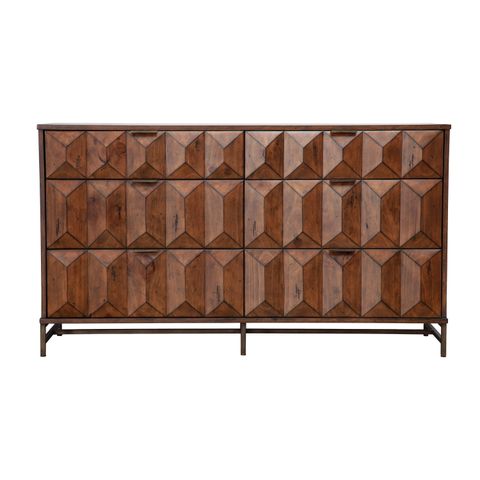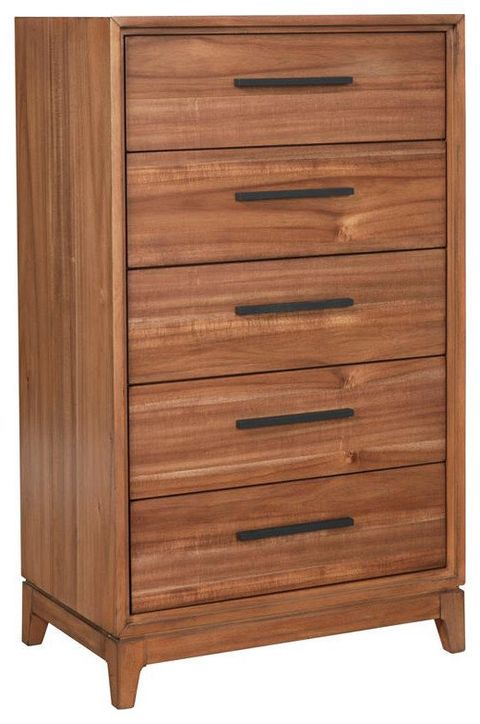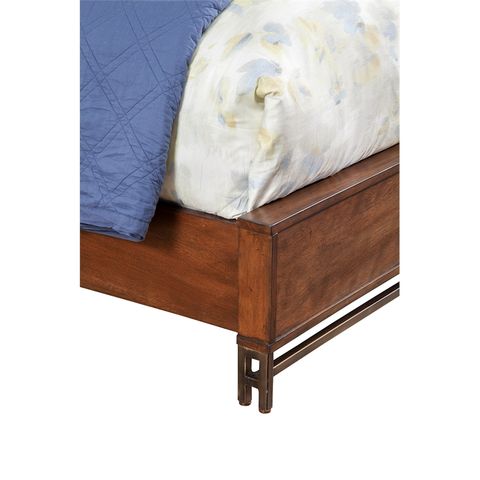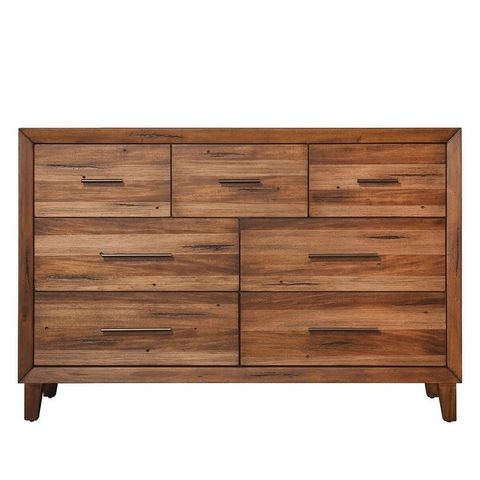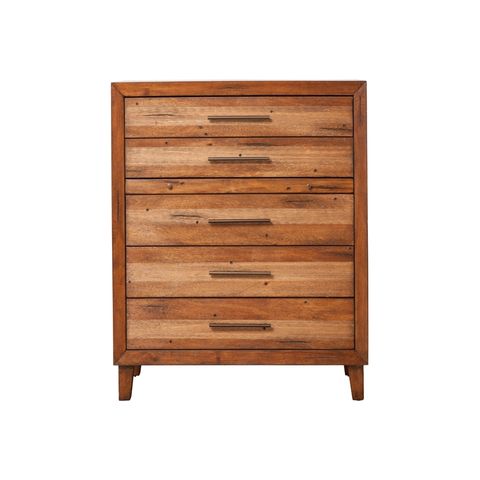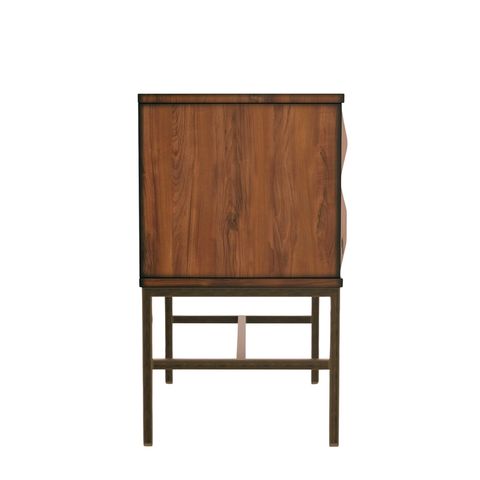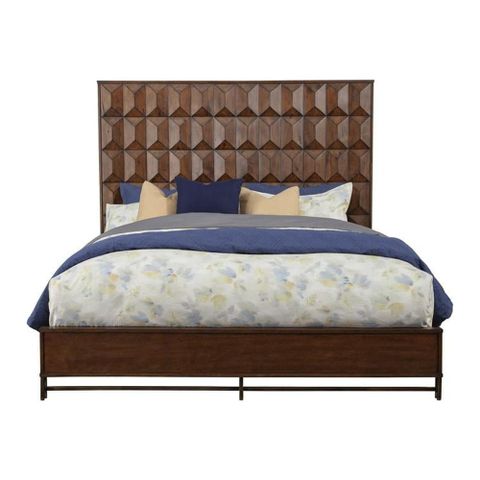Every time you open a cabinet, slide a drawer, or admire a perfectly crafted bookshelf, you’re witnessing the invisible hand of centuries-old woodworking wisdom. These timeless techniques aren’t just historical curiosities – they’re the foundation upon which many of our most practical storage solutions are built today. What started with simple log cabin construction has evolved into sophisticated organizational systems that blend form and function better than any modern alternative.
When you think about storage solutions, you might picture sleek metal racks or plastic bins. But there’s a deeper story beneath those modern surfaces. The very principles that guided master craftspeople centuries ago continue to inform how we organize our spaces today. From the precise joinery that keeps cabinets sturdy to the clever use of space that maximizes utility, traditional woodworking methods have shaped our approach to storage in ways that often go unnoticed. These age-old practices aren’t relics of the past – they’re living techniques that keep evolving while maintaining their core effectiveness.
The Foundation of Durability: Joinery Techniques
Traditional joinery methods form the backbone of robust storage solutions. The mortise and tenon joint, for instance, creates connections that can last for generations. This technique involves cutting a hole (mortise) in one piece of wood and fitting another piece (tenon) into it. It’s not just about strength – it’s about creating joints that expand and contract with the wood’s natural movement without failing.
Consider how this translates to modern shelving units. When builders use this method for corner brackets or shelf supports, they’re ensuring that the structure will hold up under weight and environmental changes. The precision required for these joints means that every component fits together perfectly, eliminating the wobbling and creaking that plagues poorly constructed storage systems.
These methods are particularly important in high-use areas like kitchen pantries or workshop storage where items are frequently accessed and moved around. The durability factor isn’t just about longevity – it’s about peace of mind when you know your storage will perform reliably over decades.
Space Optimization Through Time-Tested Design
Heritage woodworking taught us that every inch matters when it comes to storage efficiency. Traditional craftsmen learned early on that maximizing vertical space was crucial, especially in smaller dwellings. They developed innovative approaches to using every available surface.
Think about the classic Dutch barn door system. These weren’t just functional – they were elegant solutions to space constraints. The sliding mechanism allowed for maximum opening width while minimizing the space needed for operation. Modern closet organizers often employ similar principles, using sliding panels and adjustable components to make the most of limited space.
Another example is the concept of hidden storage compartments. Traditional cabinet makers knew that sometimes the best storage solution is one that’s completely concealed. This philosophy led to the development of secret panels, false bottoms, and clever hiding places that maximize utility without compromising aesthetics. Today’s modular storage units often incorporate these same ideas, allowing homeowners to store items in ways that feel both organized and unobtrusive.
The mathematics behind these approaches is fascinating. Traditional craftsmen calculated exactly how much space they could utilize before structural limitations kicked in. They understood that adding too much weight to a particular area would compromise the entire structure, so they balanced capacity with safety.
Natural Materials That Last
Woodworking traditions emphasize working with materials rather than against them. This philosophy extends directly to storage solutions where material selection matters enormously. Heritage techniques teach us that wood isn’t just a building block – it’s a living material that responds to its environment.
Oak, for example, has been used for centuries in storage applications because of its density and stability. When properly treated and maintained, oak shelves can support tremendous weight while maintaining their structural integrity. Modern storage designers still reference these properties when selecting materials for heavy-duty applications.
The traditional approach to wood treatment also offers valuable lessons. Natural oils and finishes protect wood while allowing it to breathe. This is particularly important in storage areas where humidity levels fluctuate. A well-finished wooden storage unit won’t warp or split like its poorly treated counterparts, even in challenging environments.
Many contemporary designers now appreciate this approach, incorporating sustainable wood choices and natural treatments that honor traditional methods while meeting modern standards for durability and appearance.
Precision Engineering in Simple Forms
One of the most remarkable aspects of heritage woodworking is how it achieved precision without modern machinery. Craftsmen developed techniques that relied entirely on hand tools and careful measurement. This limitation actually led to some of the most elegant solutions possible.
The importance of precise measurements cannot be overstated in storage design. Every millimeter matters when it comes to drawer slides, shelf spacing, or cabinet dimensions. Traditional methods emphasized careful planning and execution, often involving multiple check points during construction. This attention to detail ensures that storage solutions work exactly as intended.
Take the classic dovetail joint, for instance. This technique requires exceptional precision and skill, but produces connections that are virtually impossible to pull apart. In modern storage, this same level of precision translates to drawer systems that glide smoothly and maintain their alignment over time. The craftsmanship involved means that each component works in harmony with the others.
This approach also encourages designers to think through problems systematically. Instead of rushing to solve issues with quick fixes, traditional methods promote thorough planning that considers all variables from the beginning. The result is more reliable and consistent outcomes.
Cultural Adaptations and Regional Styles
Different regions developed unique storage solutions based on local materials, climate conditions, and lifestyle needs. This diversity in approach created a rich tapestry of storage possibilities that continue to inspire modern designers.
In Scandinavia, for instance, the need for efficient storage in small spaces led to innovations like the Swedish corner cabinet. These designs take advantage of often-wasted corners in rooms, creating additional storage without sacrificing floor space. The technique of using angled shelves and clever internal layouts shows how traditional thinking can solve contemporary problems.
Japanese woodworking traditions offer another perspective through the concept of minimalism in storage. The Japanese approach emphasizes functionality over decoration, creating storage solutions that serve their purpose elegantly without unnecessary ornamentation. This philosophy has influenced modern minimalist storage designs that prioritize clean lines and simple mechanisms.
Regional variations also reflect different approaches to maintenance and repair. Some traditional storage methods were designed to be easily disassembled and reassembled, allowing for adjustments over time. This flexibility has become increasingly important as people move more frequently and change their storage needs regularly.
The Human Element in Storage Design
Perhaps most importantly, heritage woodworking reminds us that storage solutions must serve human needs, not just technical specifications. Traditional craftsmen understood that people interact with storage differently based on their physical capabilities and daily routines.
The height of storage solutions, for example, reflects centuries of understanding about human ergonomics. Traditional cabinets were designed with typical users in mind, ensuring that frequently accessed items were within easy reach while storing less-used items higher or lower. This practical approach continues to guide modern storage design, even when technology allows for more complex solutions.
Another crucial element is the psychological aspect of storage. Traditional storage solutions often incorporated elements that made organizing enjoyable rather than burdensome. Features like pull-out trays, adjustable shelves, and intuitive compartmentalization make the process of organizing feel natural and satisfying.
The personal touch that traditional woodworking brings to storage solutions is something that modern mass production struggles to replicate. Handcrafted storage often carries an emotional connection that makes it more than just functional – it becomes part of the home’s character and personality.
The relationship between heritage woodworking and modern storage solutions runs deeper than simple aesthetic appeal. These traditional techniques provide a foundation of reliability, efficiency, and human-centered design that continues to influence how we organize our lives. From the precise joinery that ensures structural integrity to the thoughtful consideration of space usage, the wisdom embedded in centuries-old woodworking practices remains remarkably relevant.
What’s particularly inspiring is how these methods adapt rather than disappear. Modern storage solutions incorporate traditional principles while leveraging new materials and technologies. The result is a hybrid approach that honors the past while embracing the future.
The next time you open a drawer or adjust a shelf, remember that you’re experiencing the cumulative wisdom of countless generations of craftsmen. Their focus on durability, efficiency, and human comfort continues to shape the way we think about organizing our spaces. This isn’t just about keeping things tidy – it’s about creating solutions that stand the test of time, both literally and figuratively.


